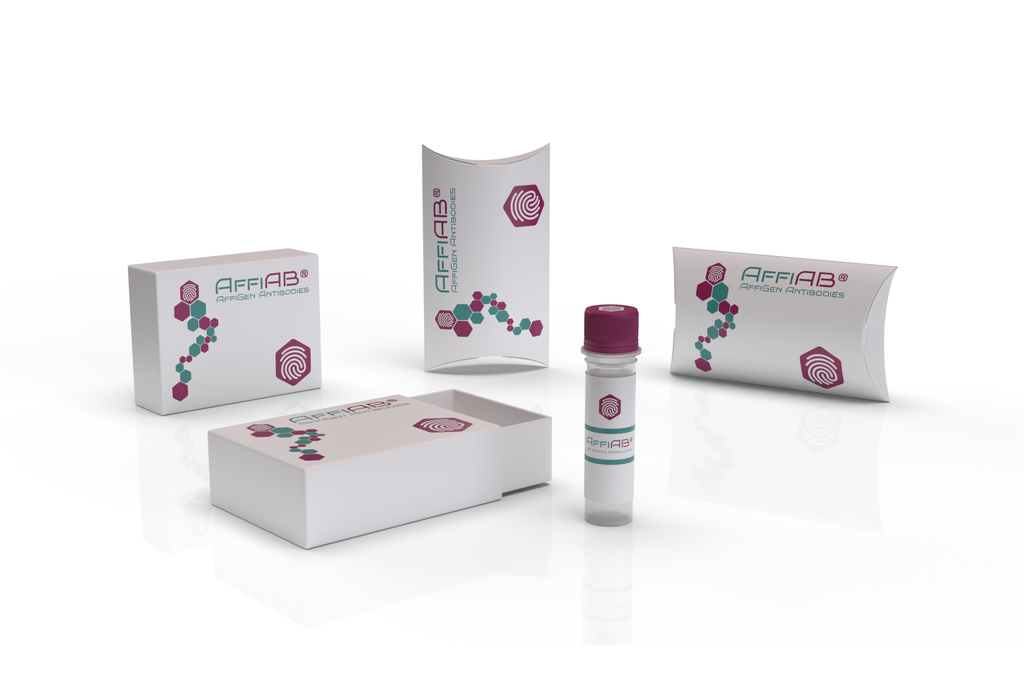AffiAB® Anti-Thioredoxin Antibody
Participates in various redox reactions through the reversible oxidation of its active center dithiol to a disulfide and catalyzes dithiol-disulfide exchange reactions. Plays a role in the reversible S-nitrosylation of cysteine residues in target proteins, and thereby contributes to the response to intracellular nitric oxide. Nitrosylates the active site Cys of CASP3 in response to nitric oxide (NO) , and thereby inhibits caspase-3 activity. Induces the FOS/JUN AP-1 DNA-binding activity in ionizing radiation (IR) cells through its oxidation/reduction status and stimulates AP-1 transcriptional activity.ADF augments the expression of the interleukin-2 receptor TAC (IL2R/P55) .
Antibody type
Rabbit polyclonal Antibody
Uniprot ID
SwissProt: P10599 Human; SwissProt: P10639 Mouse
Recombinant
NO
Conjugation
Non-conjugated
Host
Rabbit
Isotype
IgG
Clone
N/A
KO/KD
N/A
Species reactivity
Human, Mouse
Tested applications
WB, IF-Cell, IHC-P
Predicted species reactivity
N/A
Immunogen
Synthetic peptide within Human Thioredoxin aa 66-105 / 105.
Storage
Store at +4°C after thawing. Aliquot store at -20°C or -80°C. Avoid repeated freeze / thaw cycles.
Form
Liquid
Storage buffer
1*PBS (pH7.4) , 0.2% BSA, 40% Glycerol. Preservative: 0.05% Sodium Azide.
Concentration
1 mg/mL.
Purity
Immunogen affinity purified.
Signal pathway
Parkinson’s disease
Recommended dilutions
WB: 1:500; IF-Cell: 1:50-1:200; IHC-P: 1:50-1:100; FC: 1:50-1:100
Molecular Weight
12 kDa, additional band 40 kDa.
Subcellular location
Nucleus. Cytoplasm. Secreted.
Positive control
Hela, HepG2, A431, PC-3M, MCF-7, human liver tissue, human kidney tissue, mouse kidney tissue.
